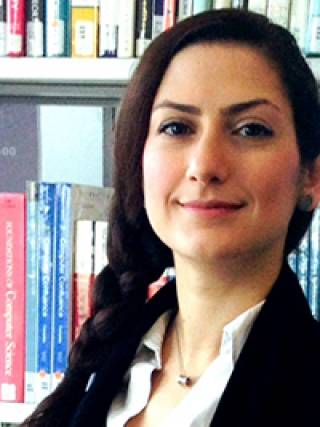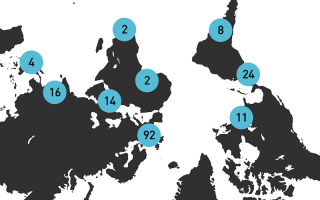Sepideh recounts experiences of studying MSc Building & Urban Design in Developmentat the Development Planning Unit

Many of the approaches promoted in the architecture school were not applicable to the city I was living in. I started to question my future role in shaping my city and it was then that I realised I had to shift my studies and my career. In my final year as an architecture student, following my keen interest in the social role of architects, I started working with Hamyaran Iran NGO Resource Centre; an organisation with the aim to provide people-centred development models with an emphasis on and a respect for sustainable development, environmental protection, community participation and poverty alleviation.
As a community architect and also a facilitator in Hamyaran, I contributed to a number of Urban Development Projects including; Child Friendly Neighborhood in downtown Tehran (an initiative by UNICEF adopted by the Municipality of Tehran), Disaster Risk Reduction and Use of Local Materials in Old Ardakan (In partnership with University of Grenoble and International Centre on Earthen Architecture) and Participatory Urban Planning in Old Ardakan. Whilst working here, I had the opportunity to be involved with marginalised local communities - including informal Afghan refugees, internally displaced people and female heads of the household - and learn from them.
It was fascinating for me to see the scale of their achievements despite having scarce resources and limited networks. Observing their interactions with their hosting ‘city’, I was inspired to do a master's degree and to engage with cultural, social, economic, political and spatial dimensions of cities.
I spent a year looking for the right institution offering a multidisciplinary course on social production of urban spaces until I found the MSc Building and Urban Design in Development. I successfully applied for the Ardalan Scholarship and started BUDD in September 2010. BUDD was an intense course that provided me with an amazing opportunity to recalibrate my approach towards urban development. A combination of London-based and overseas workshops and fieldwork exposed me to a wide range of ongoing projects that were all adopting innovative design in order to solve complex urban challenges.
For me BUDD turned out to be beyond a Master's Degree in the field of built environment; it was a unique chance to work with and learn from like-minded professionals (who are now valuable friends) from various different backgrounds with whom I share great memories today. It was a challenging exercise of teamwork, time management and cultural flexibility. After my graduation in 2011, I contributed to a number of research and advocacy projects in various organisations.
Among these works are: Sanctuary in the City? Urban Displacement and vulnerability in Kabul in Overseas Development Institute (ODI), Manual of Zero Eviction Campaign for the International Alliance of Inhabitants (IAI), Urban Change Conference in Iran at UCL, Care Space at Social Dimensions of Health Institute (SDHI) at University of Dundee and urban sustainability editorial work for This Big City; a social media organisation sharing ideas and encouraging discussion about sustainable cities.
Today I work in the Development Management Team in Aberdeen City Council. Aberdeen is home to the international oil and gas industry and it experiences high development pressure and challenges. The practical knowledge gained at BUDD is a great asset for me to contribute to planning policy in this city. What I am bringing to the team is to show how developed countries such as the UK can learn from the achievements of the community-based development projects in the global south in order to achieve sustainable development goals.
 Close
Close


